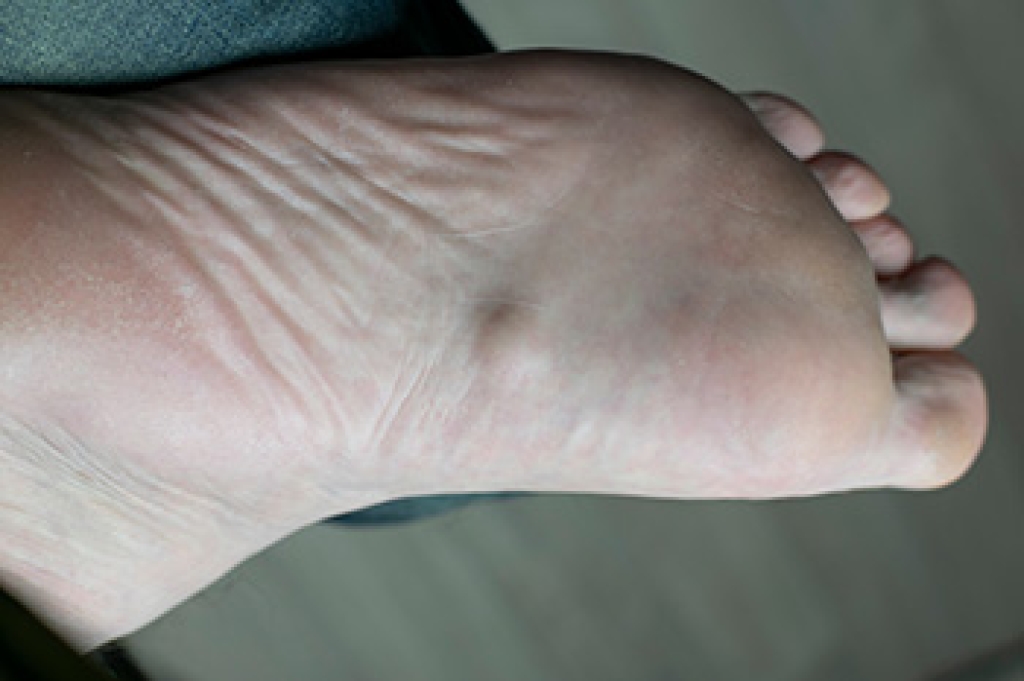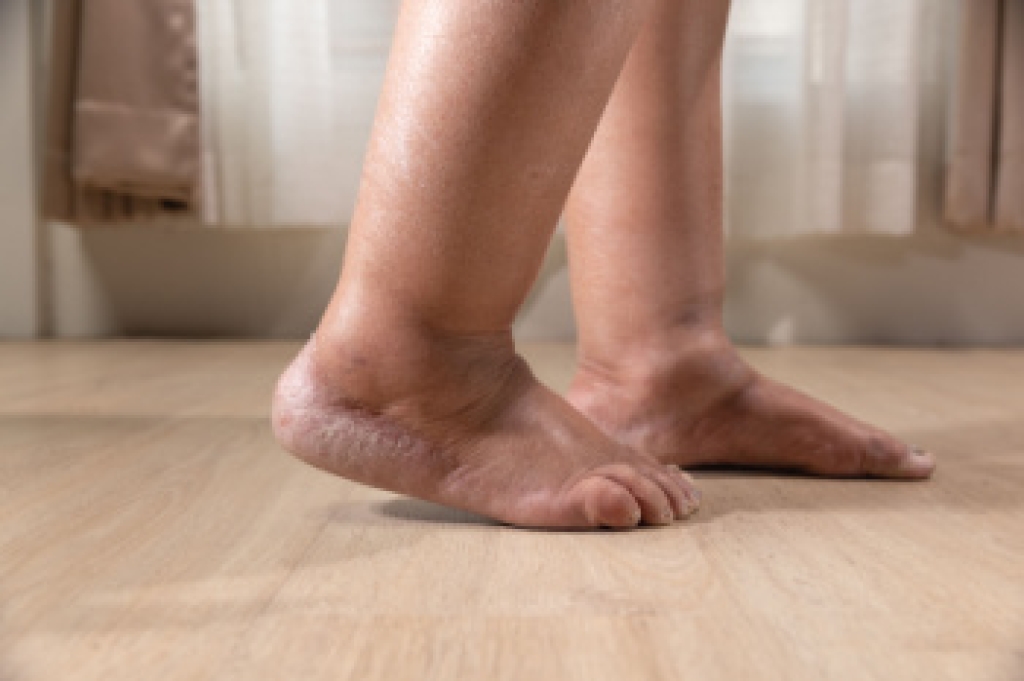
When a newborn’s foot will not flex easily, it can be concerning for parents, but early evaluation helps ensure healthy development. Limited foot motion may be related to positioning in the womb, tight tendons, or a structural issue such as congenital clubfoot or metatarsus adductus. A podiatrist begins by gently assessing the foot’s range of motion, checking muscle tone, and noting whether the stiffness changes with soft stretching. Most flexible positional conditions improve with simple hands-on therapy, guided stretching, and monitoring as the baby grows. When the foot remains rigid or shows signs of deformity, treatment may include splinting, casting, or other corrective techniques to support proper alignment. Early care makes a significant difference in long-term mobility and comfort. It is suggested that you see a podiatrist promptly if your newborn’s foot does not move or flex as expected.
The health of a child’s feet is vital to their overall well-being. If you have any questions regarding foot health, contact one of our doctors of New Jersey and New York. Our doctors can provide the care you need to keep you pain-free and on your feet.
Tips for Keeping Children's Feet Healthy
- Make sure their shoes fit properly
- Look for any signs of in-toeing or out-toeing
- Check to see if they have Clubfoot (condition that affects your child’s foot and ankle, twisting the heel and toes inward) which is one of the most common nonmajor birth defects.
- Lightly cover your baby’s feet (Tight covers may keep your baby from moving their feet freely, and could prevent normal development)
- Allow your toddler to go shoeless (Shoes can be restricting for a young child’s foot)
- Cut toenails straight across to avoid ingrown toenails
- Keep your child’s foot clean and dry
- Cover cuts and scrapes. Wash any scratches with soap and water and cover them with a bandage until they’ve healed.
If you have any questions, please feel free to contact our offices located in Little Silver, NJ and New York, NY . We offer the newest diagnostic and treatment technologies for all your foot care needs.




